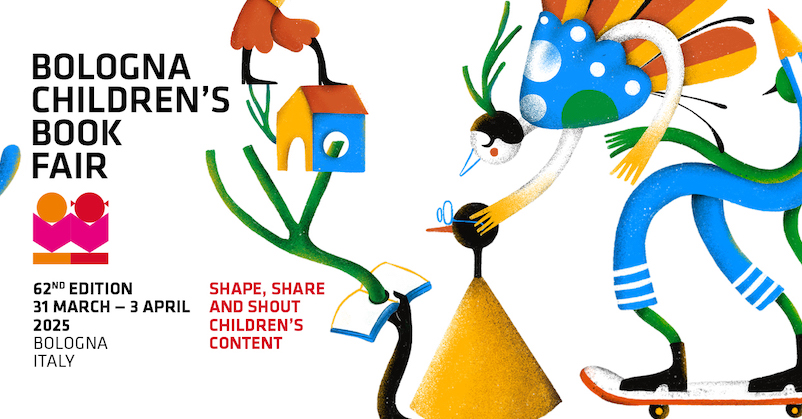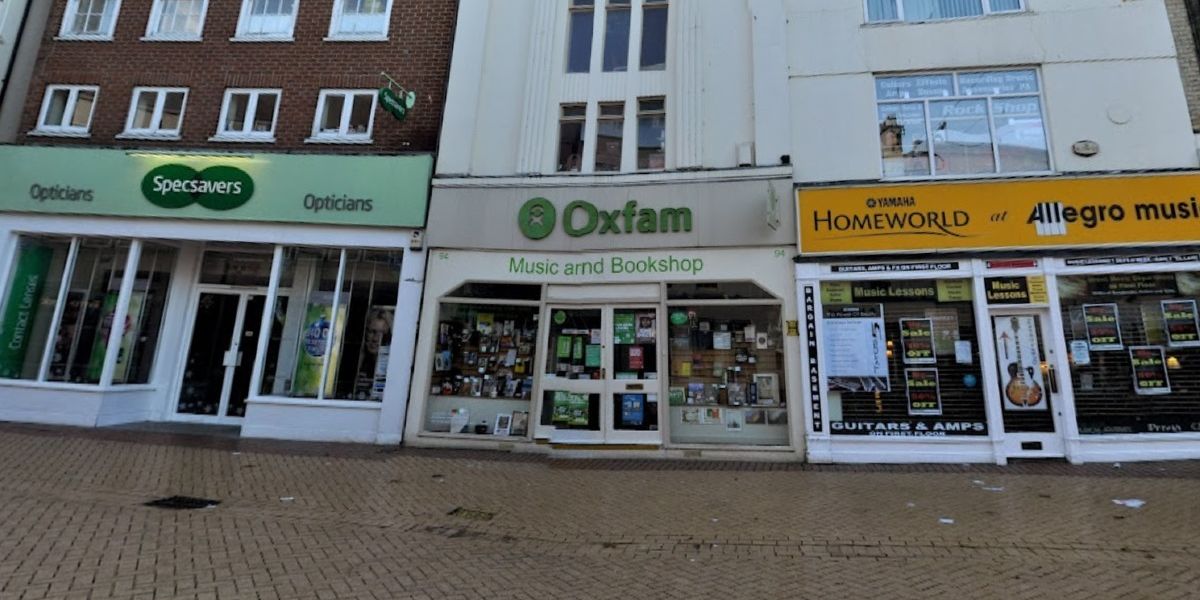I have only once been to Sudan, more than fifteen years ago, and the museums there were some of the most memorable I have ever visited.
One of these was the Republican Palace Museum, in the old Anglican Cathedral in Khartoum (pictured). We went there partly because the Cathedral had been designed by a Byzantine scholar and Arts and Crafts architect, Robert Weir Schultz, whom the husband was investigating. By the time of our visit, it had been deconsecrated and repurposed, unforgettably. We walked down the nave, where there were appalling photographs of the carnage of the Battle of Omdurman and its aftermath (should be required viewing for Brits); and featured centre-stage was the table on which John Garang had signed the peace agreement between South and North Sudan (this now seems a very long time ago). You might have thought this was an (understandably) nationalist display.
But as we moved from the nave to the crossing, things became more surprising. For there we found the well-tended piano of General Gordon, as well as portraits of King George (fifth) and Queen Mary. Whatever drove this presentation, it was a rather gentle treatment of the British presence (and unexpected after what we had just seen). It was similar elsewhere in the city with the figure of Kitchener. One of his “gun boats” was being used to store the Coca-Cola at a local yacht club on the Nile. I couldn’t think of any better way of cutting the empire down to size, not smashing the boat up but using it to store the Coca-Cola.
There was more for me a short distance away in the National Museum in Khartoum, where we saw an extraordinary display of ancient and later material (ranging from the very very ancient to medieval icons and beyond, partly restored and redisplayed in collaboration with the British Museum). We had a good time with the then director, and we met some of their BM collaborators. It was exhilarating and hopeful.
It now appears that in the current war these museums have been ransacked and more or less completely destroyed. In a way, archaeologists should stand back here (it goes without saying that things aren’t as important as the human beings who are the victims in this awful conflict). But some of these things are important, nonetheless. They talk to and about a long history, and they mean something for whatever the future of Sudan will be.
Sadly, I very much doubt that I will see that future on the ground.
The post Museums in Sudan appeared first on TLS.

 By Times Literary Supplement | Created at 2025-04-01 15:12:39 | Updated at 2025-04-04 05:13:21
2 days ago
By Times Literary Supplement | Created at 2025-04-01 15:12:39 | Updated at 2025-04-04 05:13:21
2 days ago







